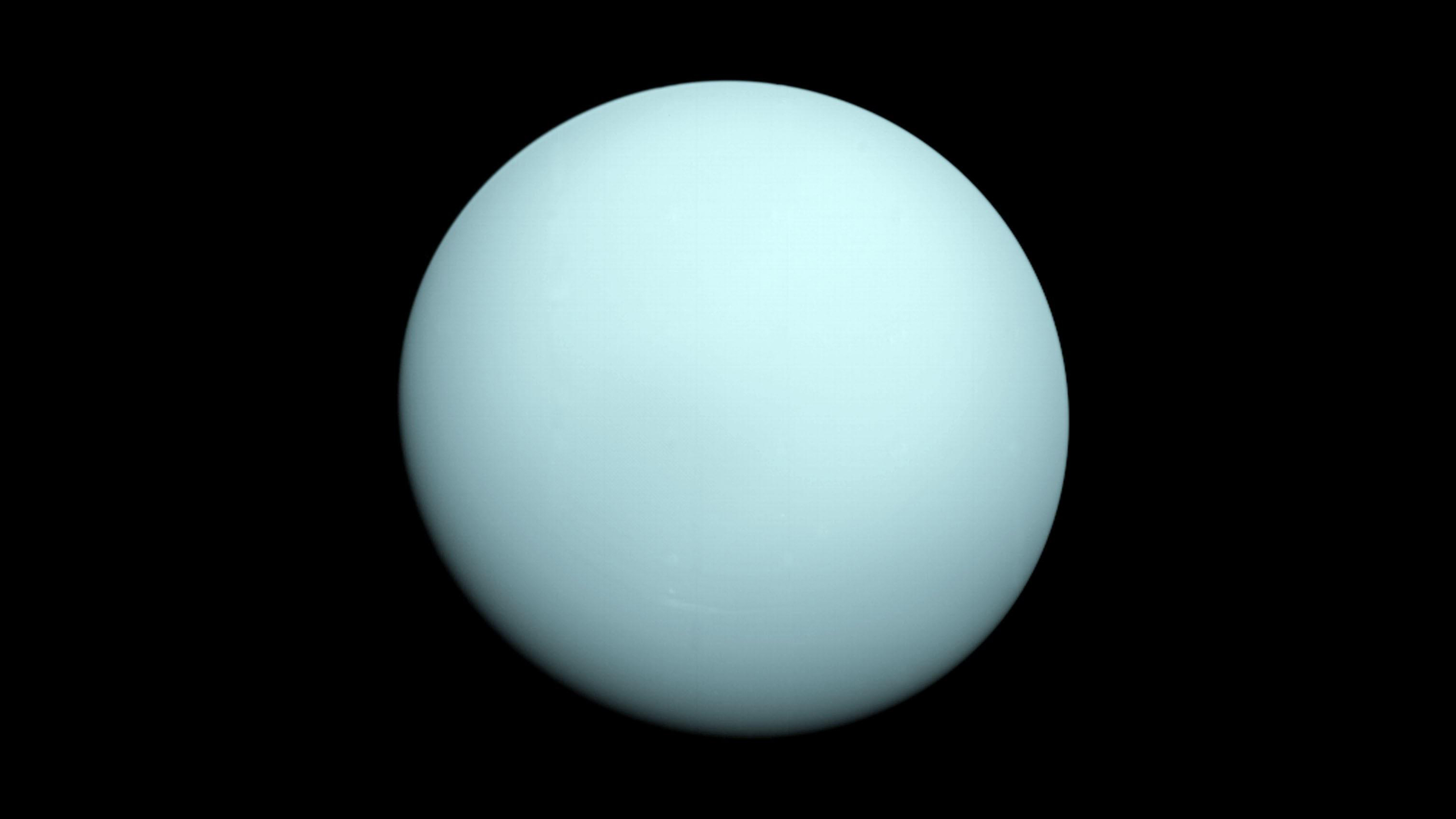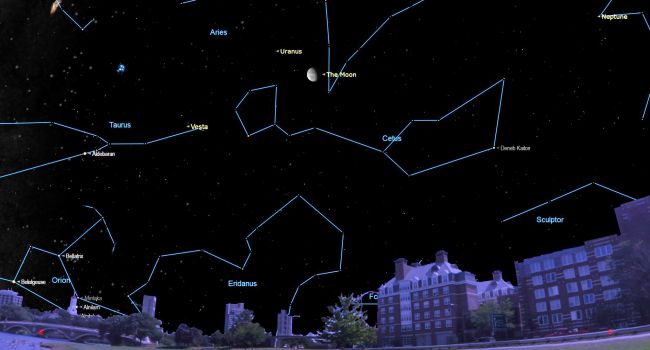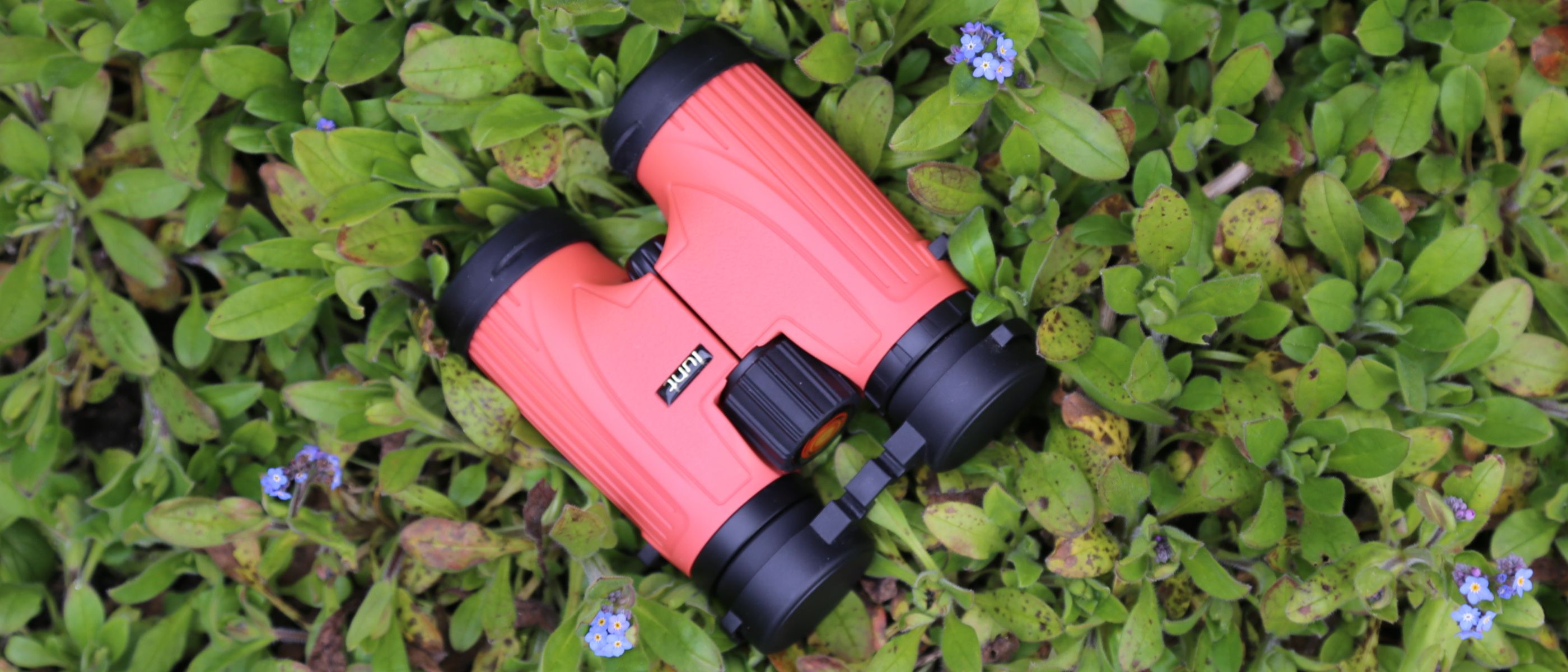Uranus
Latest about Uranus

Watch live: See live views of Uranus from the Royal Astronomical Society
By Space.com Staff published
The 8-hour webcast begins at 4 a.m. EDT (0800 GMT).

Stinky 'mushball' hailstones on Uranus may explain an atmospheric anomaly there (and on Neptune, too)
By Tereza Pultarova published
A recent discovery of giant ammonia-rich hailstones, dubbed mushballs, on Jupiter might explain why Uranus and Neptune seem to have no ammonia in their atmospheres.

Uranus is belching X-rays and is weirder than we ever thought
By Meghan Bartels last updated
The more scientists study it, the weirder Uranus gets.
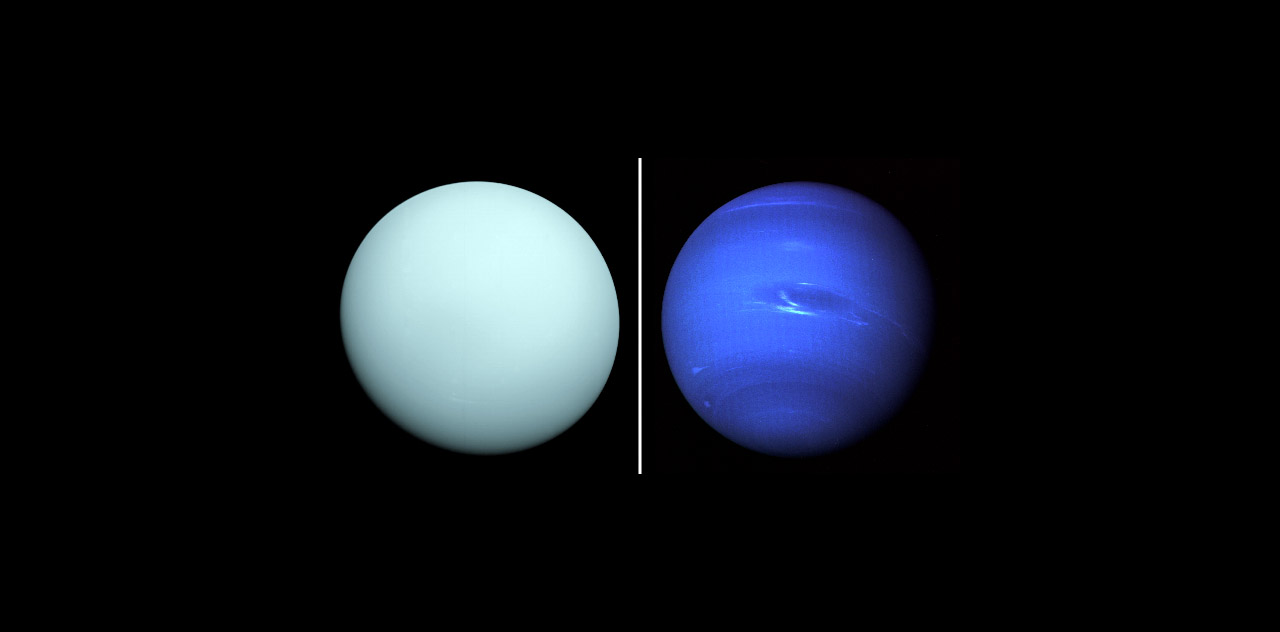
A mission to Uranus and Neptune could act as massive gravitational-wave detector
By Paul Sutter published
What if one mission could study the gravitational ripples triggered by some of the most violent events in the universe — on the way to observing the least-known planets of our solar system?
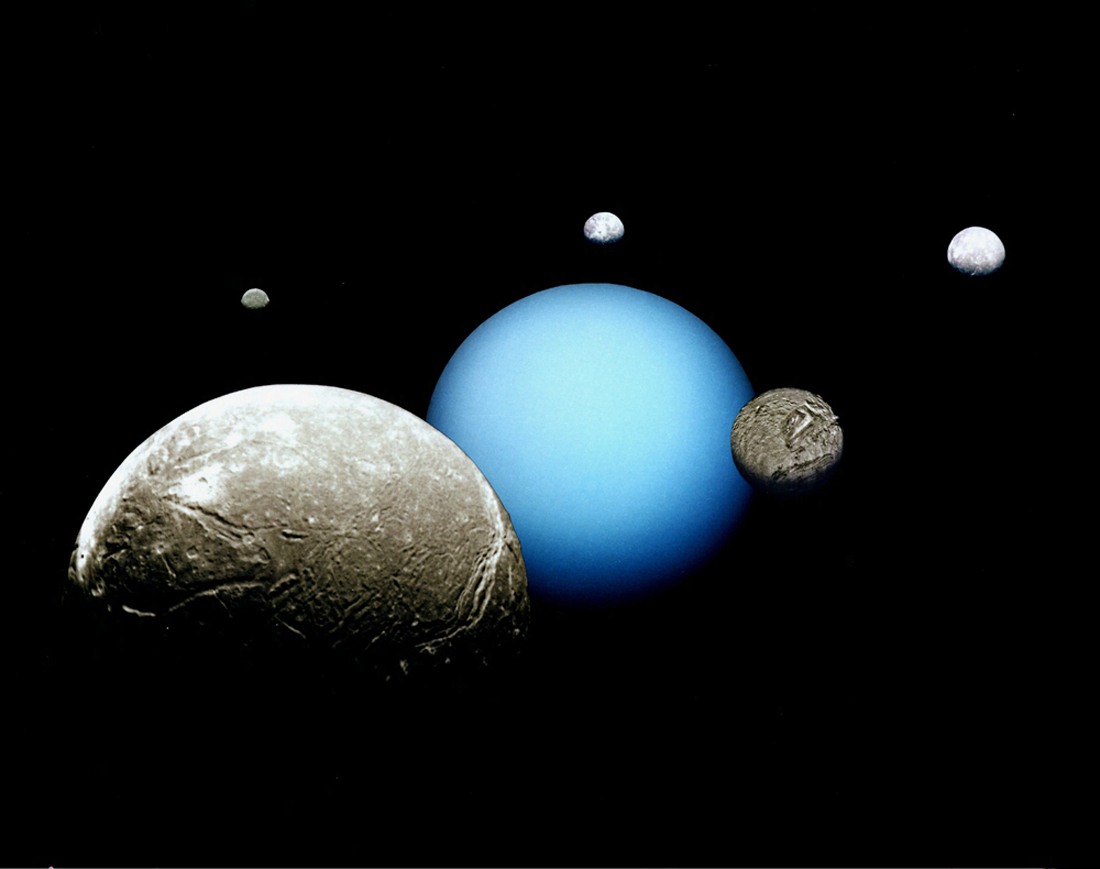
Are secret oceans hiding on the moons of Uranus?
By Chelsea Gohd published
The moons of Uranus could be sloshing with oceans hiding just below the surface.

How to see Uranus in the night sky (without a telescope) this week
By Joe Rao published
Just how many planets are visible without a telescope? Most people will answer "five," but there is a sixth planet that can be glimpsed without visual aid: the planet Uranus.
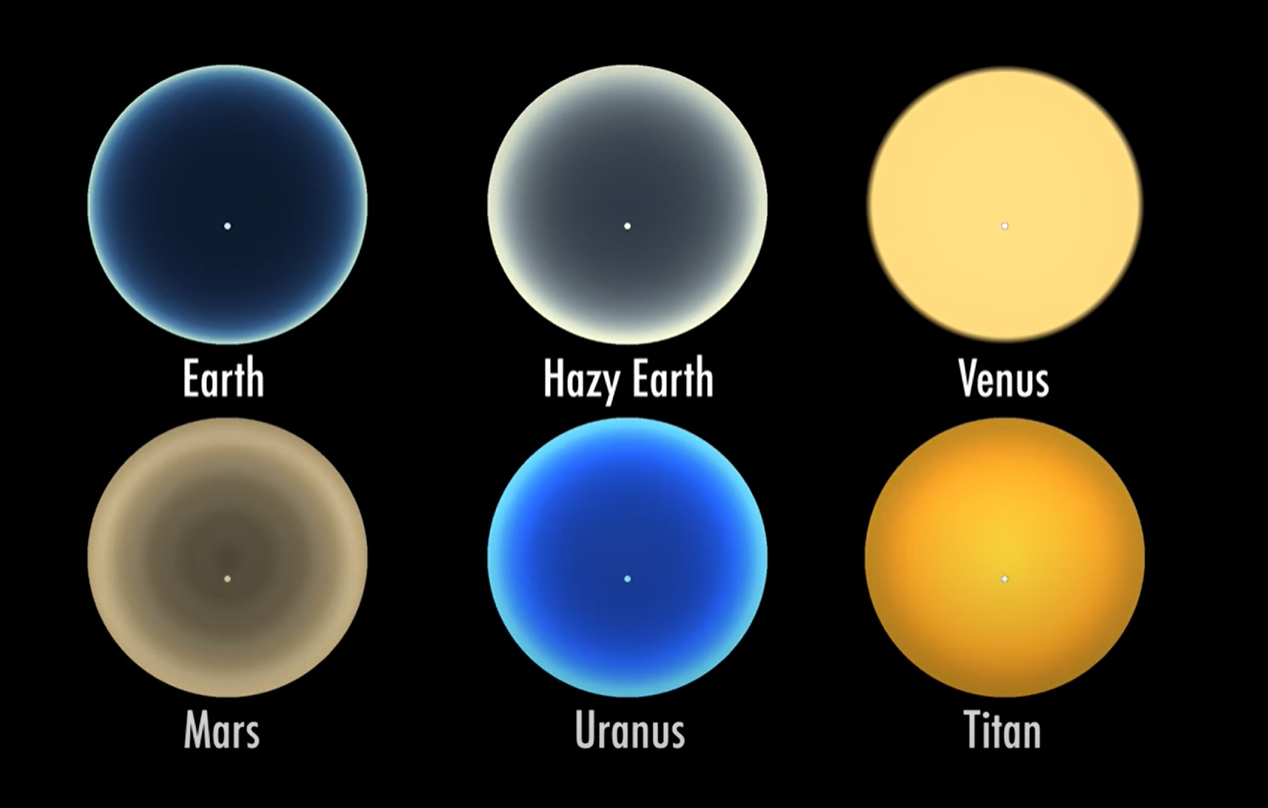
See a sunset on Uranus, other worlds (and a moon, too) in this NASA simulator
By Chelsea Gohd published
If you watched the sun set on Uranus, the sky would start off as a brilliant blue and fade into deeper blues with striking turquoise notes. So how do we know that?
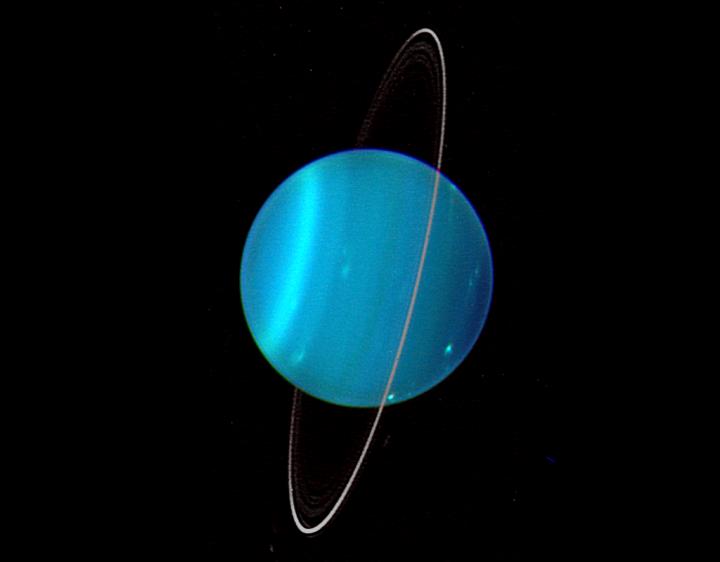
What smacked Uranus on its side? Something icy and as massive as Earth, scientists say.
By Mike Wall last updated
Astronomers have worked out details of the giant impact that knocked Uranus so famously askew.
Get the Space.com Newsletter
Breaking space news, the latest updates on rocket launches, skywatching events and more!
